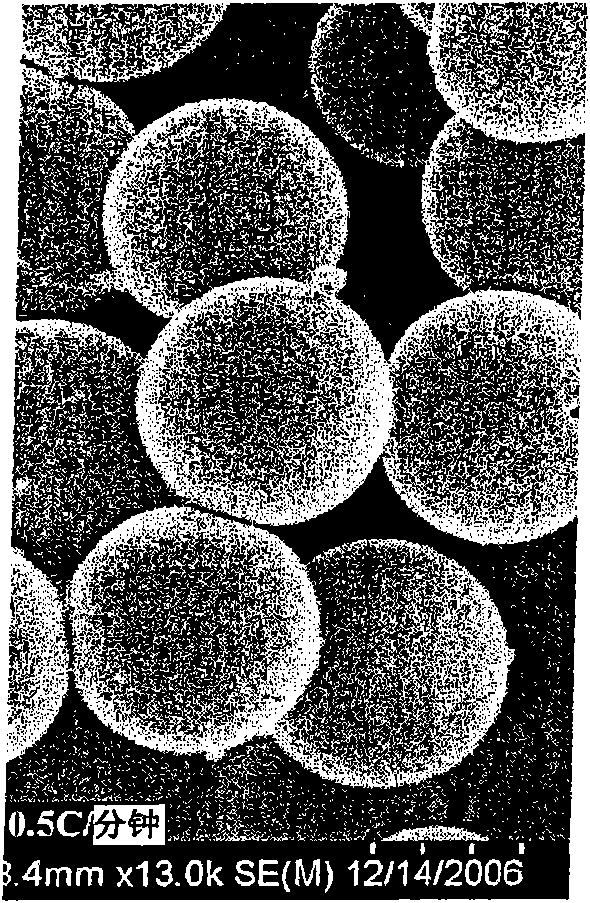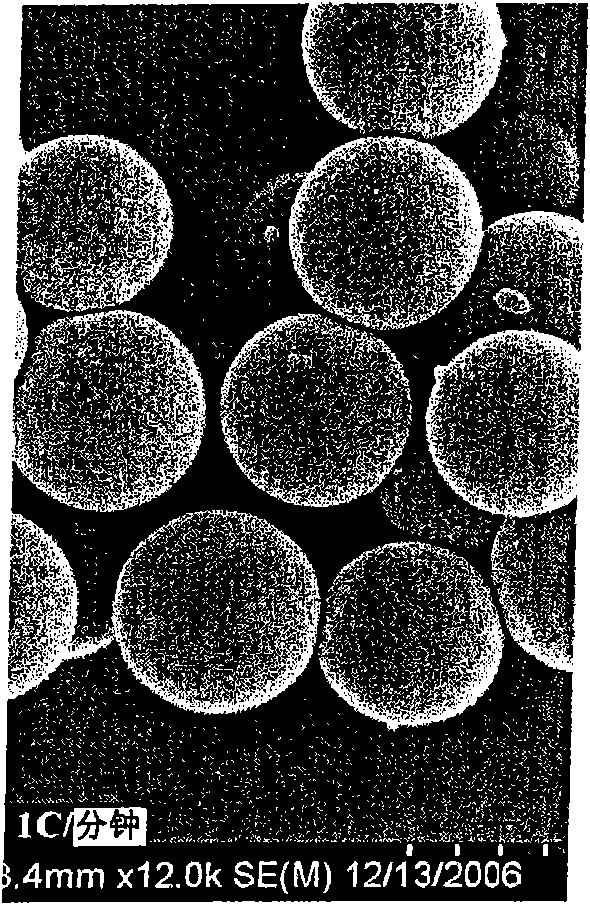Nucleic acid microparticles for pulmonary delivery
A nucleic acid and particle technology, used in microcapsules, capsule delivery, powder delivery, etc., to solve problems such as inability to interact
- Summary
- Abstract
- Description
- Claims
- Application Information
AI Technical Summary
Problems solved by technology
Method used
Image
Examples
Embodiment 1
[0237] Example 1: Materials Used to Prepare Exemplary Microparticles
[0238] The following materials were used to prepare the exemplary microparticles of the present disclosure. Although specific nucleic acids and siRNAs are provided for illustrative examples, similar microparticles can be prepared using other nucleic acids and oligonucleotides.
[0239] All aqueous solutions were prepared using nuclease-free deionized water that was autoclaved and sterile filtered through a 0.2 micron filter.
[0240] Nucleic acid solutions were prepared in water at a concentration of approximately 15 mg / ml. Exemplary antisense oligonucleotides (anti-CD40, anti-CD80, anti-CD86) used in the methods described herein are commercially available HPLC purified lyophilized preparations. These oligonucleotides are phosphorothioated on the oligonucleotide backbone and are available from Integrated DNA Technologies, Inc. (Coralville, IA).
[0241] Various siRNA compositions were used in the micro...
Embodiment 2
[0247] Example 2: Using Ca 2+ Exemplary antisense oligonucleotide microparticles prepared as cations
[0248] The following examples provide two illustrative process methods for preparing the disclosed Ca-containing 2+ antisense oligonucleotide-based microparticles.
[0249] Preparation process 1: In this process, a series of 6 kinds of reaction mixtures were prepared, wherein each reaction mixture contained non-ionic polymer, salt solution and nucleic acid solution. Briefly, aliquots of nonionic polymer solution A were dispensed into containers such that two-thirds of each final reaction mixture was solution A. Saline solution (5M CaCl 2 stock solution, pH 5.5) and water were added to nonionic polymer aliquots such that the Ca concentrations in the final reaction mixture were 0.1M, 0.17M, 0.33M, 0.67M, 1M and 1.25M, respectively. Aliquots of the antisense nucleic acid solutions were prepared such that when aliquots of these nucleic acid solutions were added to the fin...
Embodiment 3
[0260] Embodiment 3: with Zn 2+ Exemplary antisense oligonucleotide microparticles prepared as cations
[0261] In this process, a series of 7 reaction mixtures were prepared, each of which contained a nonionic polymer solution, a salt solution and a nucleic acid solution. Briefly, aliquots of nonionic polymer solution A were dispensed into containers such that two-thirds of each final reaction mixture contained solution A. Aliquots of the antisense nucleic acid solutions were prepared such that when aliquots of these nucleic acid solutions were added to the final reaction mixtures, the concentration of antisense nucleic acid in each final reaction mixture would be 0.206 mM.
[0262] Use 4M ZnCl 2 Stock solution (pH 4), prepare aliquots of the saline solution by diluting with water such that when the aliquots are added to the reaction mixture, the starting Zn concentrations in the salt and nucleic acid mixtures will be 0.1 M, 0.33 M, respectively. M, 1M, 2M and 3M.
[...
PUM
 Login to View More
Login to View More Abstract
Description
Claims
Application Information
 Login to View More
Login to View More - R&D
- Intellectual Property
- Life Sciences
- Materials
- Tech Scout
- Unparalleled Data Quality
- Higher Quality Content
- 60% Fewer Hallucinations
Browse by: Latest US Patents, China's latest patents, Technical Efficacy Thesaurus, Application Domain, Technology Topic, Popular Technical Reports.
© 2025 PatSnap. All rights reserved.Legal|Privacy policy|Modern Slavery Act Transparency Statement|Sitemap|About US| Contact US: help@patsnap.com



